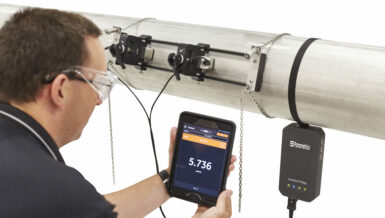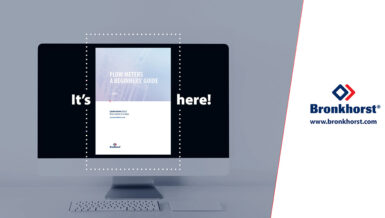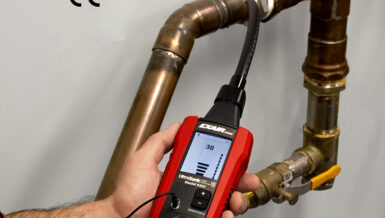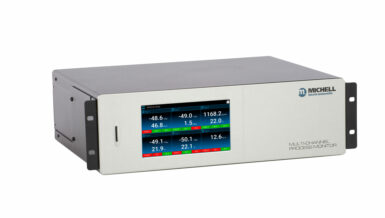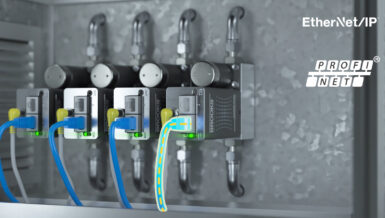The industrial fluid systems used to transport high-pressure, high-temperature liquids and gases throughout plants can be vast and complex, with a wide range of potential risk areas. To help ensure all the parts of a fluid system are operating safely and reliably, keep these crucial factors in mind:
Simplify Your Design
Complexity introduces more possible failure points. For example, reduce connection points by using bent tubing for direction changes. Consider prefabricated assemblies for a variety of subsystems – partner with a trusted supplier to ensure you are purchasing the most efficient system for your application.

Follow Manufacturer Guidelines
Read carefully and stick to specific instructions on proper tube and fitting assembly and disassembly. This means everything from using a gap inspection gauge to checking tubes for defects that can compromise a seal. Always ensure your fittings are not under-tightened.

Specify the Right Components
Have a complete understanding of your process conditions: Does your fluid system generate a static charge that calls for a hose that can dissipate static rather than discharge it? Are you placing fittings and tubing of differing softness in the correct order to avoid makeup and safety issues? Optimal material compatibility helps prevent failures.

Design with Operating Conditions in Mind
Vibration, high pressures, and temperature changes are standard operating conditions in most systems. Supports can prevent tubing and fittings from becoming fatigued due to high-stress use; hoses may be appropriate instead of tubing where significant vibration occurs.

Don’t Intermix Components
Incompatibility between components from different manufacturers can cause leaks and other safety issues. Select fittings and other components from a single trusted manufacturer to ensure consistency and leak-tight seals.

Label Your System Parts
Tags on components like hose and valves are a cost-effective way to improve efficiency and establish effective preventive maintenance programs. The best labeling practice includes part number, date of manufacture, and trace identification number, along with information on system media, operating pressure, and temperature.

An original version of this article appeared on the Swagelok Reference Point blog here: www.swagelok.com/en/blog/industrial-fluid-system-safety-checklist.
ABOUT THE AUTHOR
Brian Aplin is Engineering Services Supervisor (Americas) for Swagelok Company.





